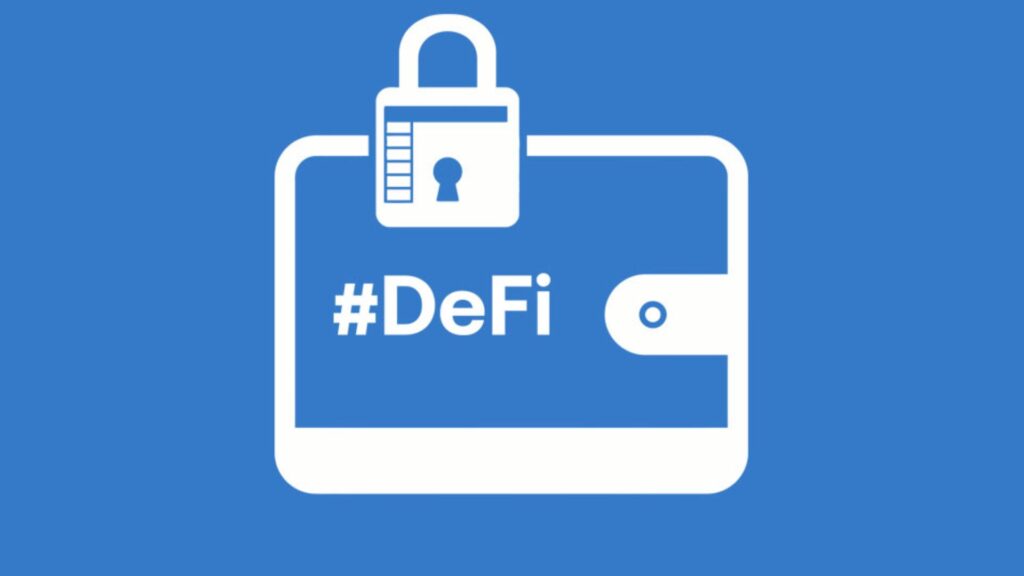DeFi’s Weak Link: Rapid Growth Leaves the Sector Exposed to Hacks and Thefts
DeFi’s Weak Link: Rapid Growth Leaves the Sector Exposed to Hacks and Thefts
By
David Goldfarb
Last updated:
November 4, 2025
First Published:
November 4, 2025

The Rise of a New Financial Frontier
Decentralized finance, or DeFi, has emerged as one of the most transformative forces in the cryptocurrency world. Built on blockchain networks, it allows users to trade, lend, and earn interest without relying on traditional banks. In just a few years, DeFi has evolved from a niche concept into a multibillion-dollar industry that attracts investors, developers, and institutions alike. Yet, beneath this success lies an uncomfortable truth—rapid growth has made DeFi increasingly vulnerable to cyberattacks and financial exploitation.
A Record Year for Exploits
According to blockchain analytics firms, billions of dollars in digital assets have been stolen from DeFi platforms in the first half of 2025 alone. Hackers have found creative ways to exploit vulnerabilities in smart contracts, manipulate liquidity pools, and drain decentralized protocols. Each attack not only leads to massive financial losses but also erodes public confidence in what was once hailed as the future of open finance. These breaches highlight the growing gap between DeFi’s ambitious vision and the security reality it faces.
Smart Contracts: Powerful Yet Fragile
Smart contracts form the backbone of DeFi, automating financial transactions without intermediaries. However, these pieces of code are often rushed into deployment without thorough audits. Even minor flaws can become catastrophic when exploited by malicious actors. Unlike traditional financial systems, DeFi lacks centralized oversight or recovery mechanisms, meaning once funds are stolen, they are often gone forever. This fragility is forcing many projects to rethink how they design and deploy smart contracts.
Security Audits Under Pressure
Security firms specializing in blockchain audits are now overwhelmed with demand. With so many new DeFi protocols launching every month, audit teams struggle to keep up. Some startups skip audits altogether to meet investor deadlines or cut costs, leaving users exposed to potential attacks. The lack of standardized auditing practices across the industry further complicates matters, as no universal framework exists to measure the true resilience of DeFi platforms.
The Role of Flash Loans and Price Manipulation
Another growing concern in DeFi is the misuse of flash loans—instant, uncollateralized loans that can be executed and repaid within a single blockchain transaction. While designed as a tool for traders, flash loans have been repeatedly weaponized to manipulate token prices or exploit liquidity protocols. Attackers use them to create artificial market conditions, triggering vulnerabilities that allow them to siphon funds from unsuspecting pools.
Decentralization as a Double-Edged Sword
The very principle that makes DeFi appealing—its decentralization—is also its greatest weakness. With no central authority to intervene, recover stolen assets, or enforce compliance, users are entirely responsible for their own security. In some cases, community votes or governance tokens can influence recovery efforts, but this process is slow and often ineffective. Decentralization has democratized finance but at the cost of safety and accountability.
Investor Caution and Market Repercussions
The series of high-profile hacks has started to affect investor sentiment. While institutional players remain interested in DeFi’s potential, many are demanding stronger risk management protocols before committing large capital. Retail investors, on the other hand, are becoming more selective, preferring established platforms over new and untested ones. The overall result is a slowdown in DeFi’s growth curve as users prioritize safety over speed.
Developers Push for Security Innovation
In response to rising attacks, developers are now exploring new ways to fortify DeFi ecosystems. Multi-signature wallets, insurance protocols, and automated monitoring systems are becoming standard features in modern platforms. Some teams are also experimenting with artificial intelligence tools that can detect suspicious activity before it leads to financial loss. These innovations represent a critical step toward making DeFi more resilient and trustworthy.
Regulatory Attention Intensifies
Governments and financial watchdogs are taking note of DeFi’s vulnerabilities. While many regulators admire the innovation, they are increasingly concerned about consumer protection, money laundering, and systemic risk. Discussions are underway in several countries to establish frameworks that can bring DeFi under a form of oversight without stifling innovation. How these rules evolve will determine whether DeFi becomes a mature financial system or remains a volatile experiment.
The Path Forward for Decentralized Finance
Despite its challenges, DeFi continues to inspire optimism. The sector’s problems are not signs of failure but rather growing pains of a young and rapidly evolving ecosystem. If developers, investors, and regulators can work together to enhance security while preserving decentralization, DeFi could still achieve its mission of creating an open, accessible financial world. However, the next phase will demand more discipline, collaboration, and transparency than ever before.
Popular articles
Subscribe to unlock premium content
Disney’s Timeless Magic and How the Entertainment Giant Continues to Shape Culture and Innovation

Imran Khan’s Economic Missteps Amid Political Chaos in Pakistan

The Philippines’ Digital Shift How Remittances and BPO Are Fueling Growth

Disney’s Timeless Magic and How the Entertainment Giant Continues to Shape Culture and Innovation

Imran Khan’s Economic Missteps Amid Political Chaos in Pakistan

Disney’s Timeless Magic and How the Entertainment Giant Continues to Shape Culture and Innovation









